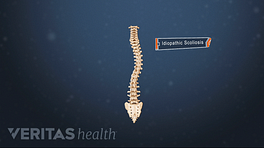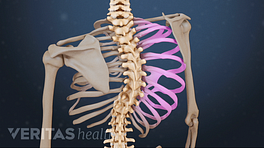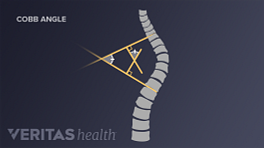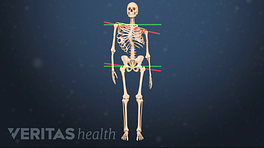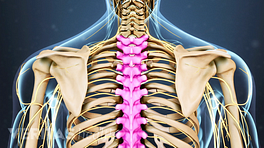Scoliosis is an abnormal sideways curvature of the spine with at least a 10 degree Cobb angle. When scoliosis is of unknown cause, it is called idiopathic scoliosis.
Most cases of idiopathic scoliosis are diagnosed during the adolescent growth spurt, which is when scoliosis curves are at the greatest risk of progressing rapidly.
In addition to sideways curvature, scoliosis involves rotation of the vertebrae, which can lead to a possible rib hump in back, as well as uneven shoulders, hips, and other asymmetries.
Idiopathic scoliosis is unlikely to cause physical pain on its own, especially in young people. Patients are more likely to be concerned about appearance, such as whether clothes fit unevenly.
A right thoracic curve is the most common type of idiopathic scoliosis.
There are several other types of idiopathic scoliosis curves. For example, a right thoracic curve and left lumbar curve together form a double major curve.
Scoliosis curves that are 30 degrees or less at skeletal maturity are unlikely to get bigger. However, curves that reach about 50 degrees by skeletal maturity will continue to progress throughout adulthood unless surgically treated.
In rare cases, untreated scoliosis could reach 100 degrees or more, resulting in balance problems and possibly pushing bones against the heart and lungs.


